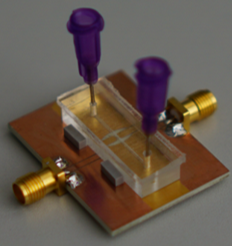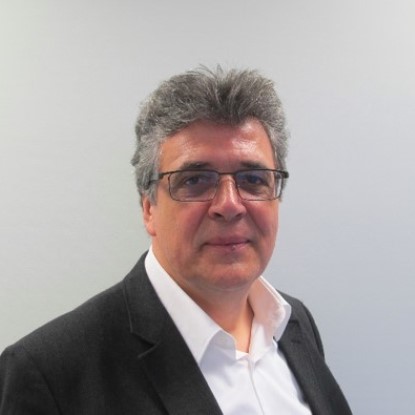Team Leader: Martin Schüßler

Microwave sensors for biomedical applications provide a non-contact, marker-free, and non-destructive way to monitor processes and systems. The dielectric properties of biological materials in the microwave frequency range from 300 MHz to 300 GHz provide information about the molecular composition of substances. Microwave sensors have a very high flexibility in design and appearance, which makes in-vitro diagnostics and lab-on-chip applications feasible.
Depending on the requirements of the sensor, new geometries and topologies enable to solve the measuring tasks. Our group can fall back on experience of a wide variety of microwave sensor applications in medicine, biology, environmental and industrial process monitoring. Interdisciplinary cooperation always plays a decisive role in order to be able to investigate new and functional materials, innovative processing technologies, microfluidic systems as well as biological processes.





